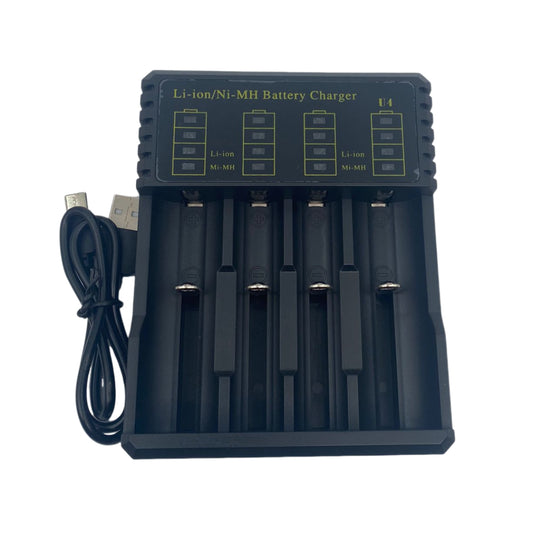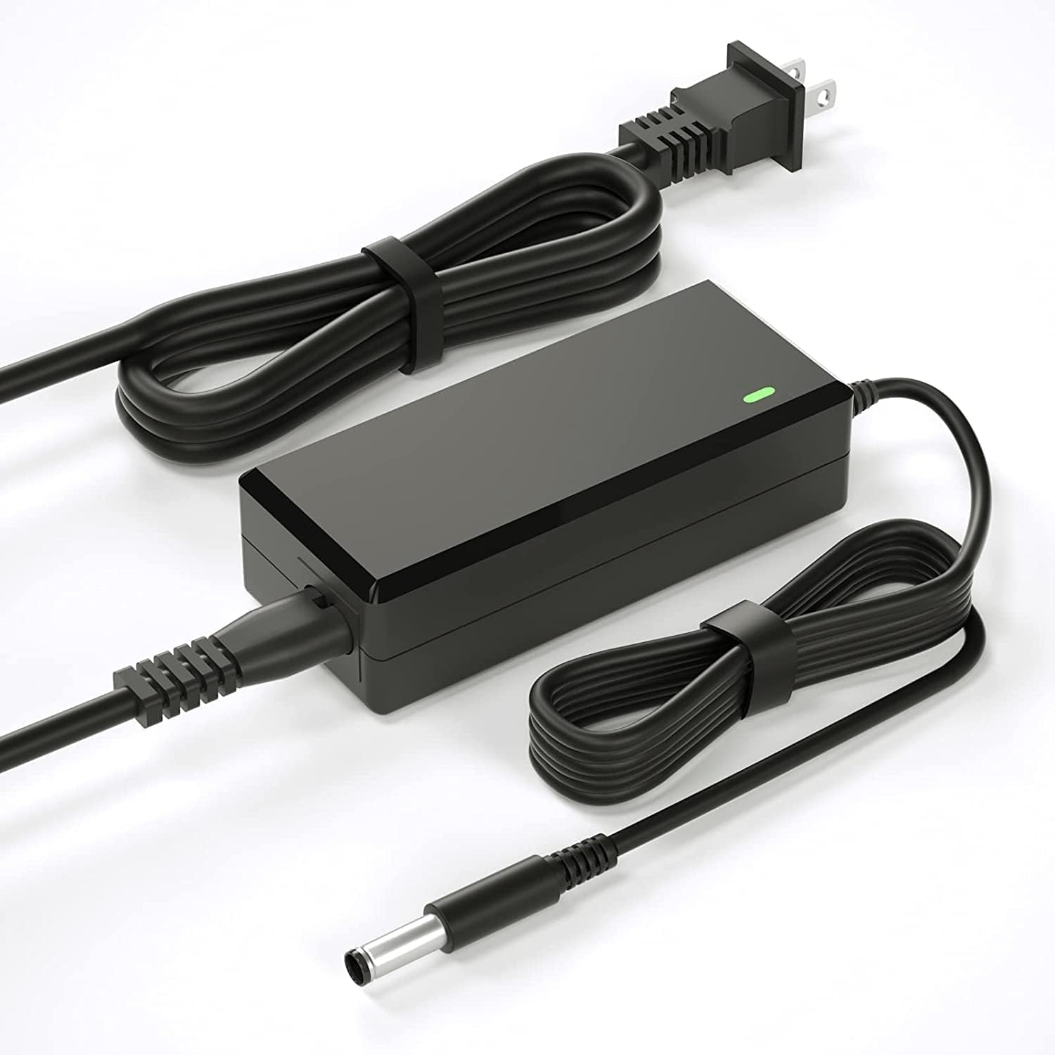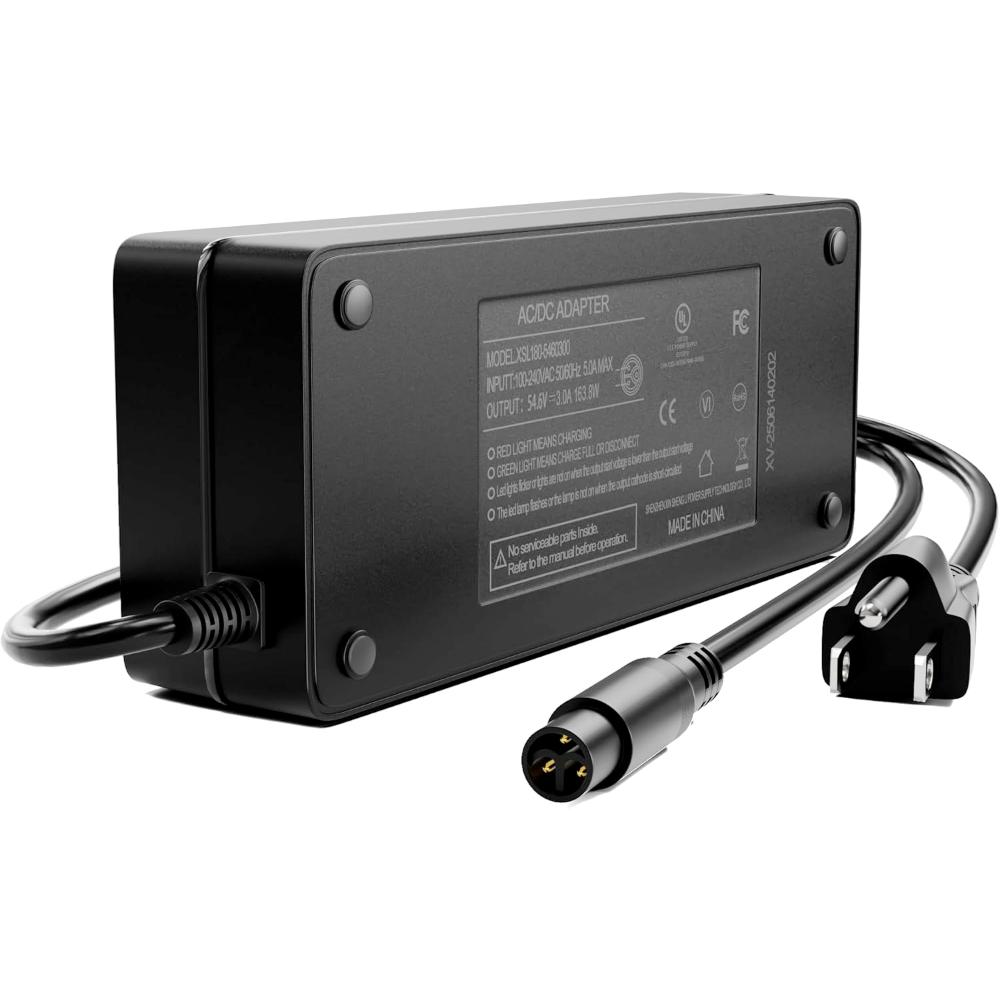-
Verkoper:BATTERYINT
42V 2A IScooter Electric Scooter Charger Compatible with IScooter I8L, I9 Pro, 1S Isinwheel S9 Pro, S9 Max 36V Lithium Battery DC 5525 Plug
- Normale prijs
- $12.90
- Normale prijs
-
- Aanbiedingsprijs
- $12.90
- Eenheidsprijs
- per
42V 2A IScooter Electric Sc... -
Verkoper:BATTERYINT
42V 2A Hiboy Electric Scooter Charger, Compatible with Hiboy S2 Pro, S2 Lite, KS4 Pro, NEX, Max Electric Scooters, with 5525 Connector
- Normale prijs
- $12.90
- Normale prijs
-
- Aanbiedingsprijs
- $12.90
- Eenheidsprijs
- per
42V 2A Hiboy Electric Scoot... -
Verkoper:BATTERYINT
High Performance 48V 13Ah Li-Ion Battery for EMOVE Touring E-Scooter
- Normale prijs
- $170.00
- Normale prijs
-
- Aanbiedingsprijs
- $170.00
- Eenheidsprijs
- per
High Performance 48V 13Ah L... -
Verkoper:BATTERYINT
High Performance 36V 13.6Ah Lithium Battery 20A BMS for Apollo 2022 E-Scooter
- Normale prijs
- $140.00
- Normale prijs
-
- Aanbiedingsprijs
- $140.00
- Eenheidsprijs
- per
High Performance 36V 13.6Ah... -
Verkoper:BATTERYINT
High Performance 48V 20Ah Lithium Battery Fast Charging for Apollo City/City Pro 2022-2024 E-Scooter
- Normale prijs
- $290.00
- Normale prijs
-
- Aanbiedingsprijs
- $290.00
- Eenheidsprijs
- per
High Performance 48V 20Ah L... -
Verkoper:BATTERYINT
54,6V 4A Stroomadapter voor Elektrische Fiets en Mobiliteitsscooter 48V Lithiumbatterij Oplader 3-Pins XLR Connector
- Normale prijs
- $38.99
- Normale prijs
-
- Aanbiedingsprijs
- $38.99
- Eenheidsprijs
- per
54,6V 4A Stroomadapter voor... -
Verkoper:BATTERYINT
54.6V 4A Oplader Elektrische Fiets Oplader 48V Li-ion Batterij Oplader voor 48V Scooter E-Fiets Boot Motor Ezgo Batterij Oplader XLR
- Normale prijs
- $58.00
- Normale prijs
-
- Aanbiedingsprijs
- $58.00
- Eenheidsprijs
- per
54.6V 4A Oplader Elektrisch... -
Verkoper:BATTERYINT
42V 2A Universele Batterijlader voor Hoverboard Smart Balance Wheel 36V Elektrische Scooter Adapter
- Normale prijs
- $19.99
- Normale prijs
-
- Aanbiedingsprijs
- $19.99
- Eenheidsprijs
- per
42V 2A Universele Batterijl... -
Verkoper:BATTERYINT
54.6V 2A Battery Charger Compatible With Bandit Forerunner All Models Except X-Trail Pro
- Normale prijs
- $59.90
- Normale prijs
-
- Aanbiedingsprijs
- $59.90
- Eenheidsprijs
- per
54.6V 2A Battery Charger Co... -
Verkoper:BATTERYINT
29.4V XLR 3 Pin Replacement Charger Suit for ENGWE Ease 2 Pro Foldable Lightweight Mobility Scooter 24V 20AH Battery
- Normale prijs
- $29.90
- Normale prijs
-
- Aanbiedingsprijs
- $29.90
- Eenheidsprijs
- per
29.4V XLR 3 Pin Replacement... -
Verkoper:BATTERYINT
54.6V 3A Battery Charger Compatible With Super 73 Z/S/R-Series, Z Adventure, S2, RX Ebikes
- Normale prijs
- $39.90
- Normale prijs
-
- Aanbiedingsprijs
- $39.90
- Eenheidsprijs
- per
54.6V 3A Battery Charger Co... -
Verkoper:BATTERYINT
42V 2A Electric Bike Charger Suitable For Velowave Ranger 1.0 Ghost 1.0 Spirit Ebike
- Normale prijs
- $22.90
- Normale prijs
-
- Aanbiedingsprijs
- $22.90
- Eenheidsprijs
- per
42V 2A Electric Bike Charge...
Showing 13 -24 of 53 items
1. What is an e bike battery and how does it work?
An e bike battery is a rechargeable power source used to supply energy to electric bicycles. It stores electrical energy and provides power to the bike's motor, enabling you to ride with pedal assistance or full electric mode. The capacity and voltage of an electric bike battery determine the bike's range and power output. Most modern batteries for electric bikes use lithium-ion technology, which offers a balance between lightweight design and high energy efficiency.
2. How long does an e bike battery last on a single charge?
The range of an e bike battery on a single charge varies depending on several factors, including battery capacity, terrain, rider weight, and riding style. Typically, an ebike battery can last anywhere from 20 to 100 miles on a full charge. Higher-capacity batteries for electric bikes will offer a greater range, while factors like hilly terrain or using higher motor assist levels can reduce battery life. Regular charging and proper maintenance also help maximize battery performance.
3. What should I consider when choosing a battery for an electric bike?
When selecting a battery for an electric bike, key factors to consider include voltage, capacity (measured in watt-hours), and weight. A higher voltage provides more power, which can be important for climbing hills or carrying heavy loads, while a larger capacity extends the bike’s range. It's also important to check compatibility with your e-bike’s motor system and frame. Additionally, the weight of e bike batteries can affect the overall ride experience, especially in terms of handling.
4. How do I properly maintain my electric bike battery?
Proper maintenance of your electric bike battery involves several key steps to extend its life. Always charge your ebike battery using the correct charger and avoid overcharging. It’s also recommended to store the battery in a cool, dry place, ideally between 50-75% charge if you’re not using it for an extended period. Avoid fully discharging the battery regularly, as this can reduce its lifespan. Regular cleaning of the battery contacts can also ensure efficient power transfer.
5. When should I replace my e bike battery?
An e bike battery replacement is usually needed after several years of regular use. Most e bike batteries are designed to last between 500 to 1,000 charge cycles. If you notice that your battery's range has significantly decreased or it takes much longer to charge, it might be time for an e bike battery replacement. Additionally, if the battery no longer holds a charge or shows signs of physical damage, replacing it is essential for safe riding.
6. How long does it take to charge an electric bike battery?
Charging times for an electric bike battery typically range from 3 to 6 hours, depending on the battery's capacity and the charger used. Most standard chargers will fully charge batteries for electric bikes in about 4 to 5 hours. Fast chargers can reduce the time, but frequent fast charging may degrade the battery's lifespan over time. It's always best to refer to the manufacturer’s guidelines for optimal charging practices.
7. Can I upgrade my battery for an electric bike to get more range?
Yes, upgrading the battery for an electric bike is possible, and it can provide more range. Many e-bike models support higher-capacity batteries that allow for longer rides on a single charge. However, it’s crucial to ensure that the new ebike battery is compatible with your bike’s motor system. Installing a battery with a different voltage or connector type could damage the bike’s electronics, so always check with the manufacturer or a professional before upgrading.
8. How do I safely dispose of an old e bike battery?
Disposing of an old e bike battery requires careful handling, as lithium-ion batteries can be hazardous if not properly recycled. Never throw an old electric bike battery in the regular trash. Instead, take it to a certified recycling facility or a battery collection center that specializes in handling batteries for electric bikes. Many retailers and e-bike manufacturers also offer battery recycling programs, ensuring safe disposal and the recovery of valuable materials.
9. How do temperature changes affect my ebike battery?
Extreme temperatures, both hot and cold, can impact the performance and lifespan of your ebike battery. Cold weather can temporarily reduce the battery’s range, while excessive heat may cause damage over time. It’s best to store and charge your battery for an electric bike in moderate temperatures, ideally between 15°C and 25°C. If riding in extreme conditions, try to keep the battery warm or cool, depending on the environment, to maintain optimal performance.
10. Are there different types of e bike batteries?
Yes, there are various types of e bike batteries, with lithium-ion being the most common due to its lightweight and high energy efficiency. Some older models may still use lead-acid or nickel-metal hydride batteries, but these are heavier and have shorter lifespans compared to modern lithium-ion options. When purchasing a new or replacement battery for an electric bike, it’s advisable to choose a lithium-ion battery, as it offers the best combination of performance, weight, and durability.



































